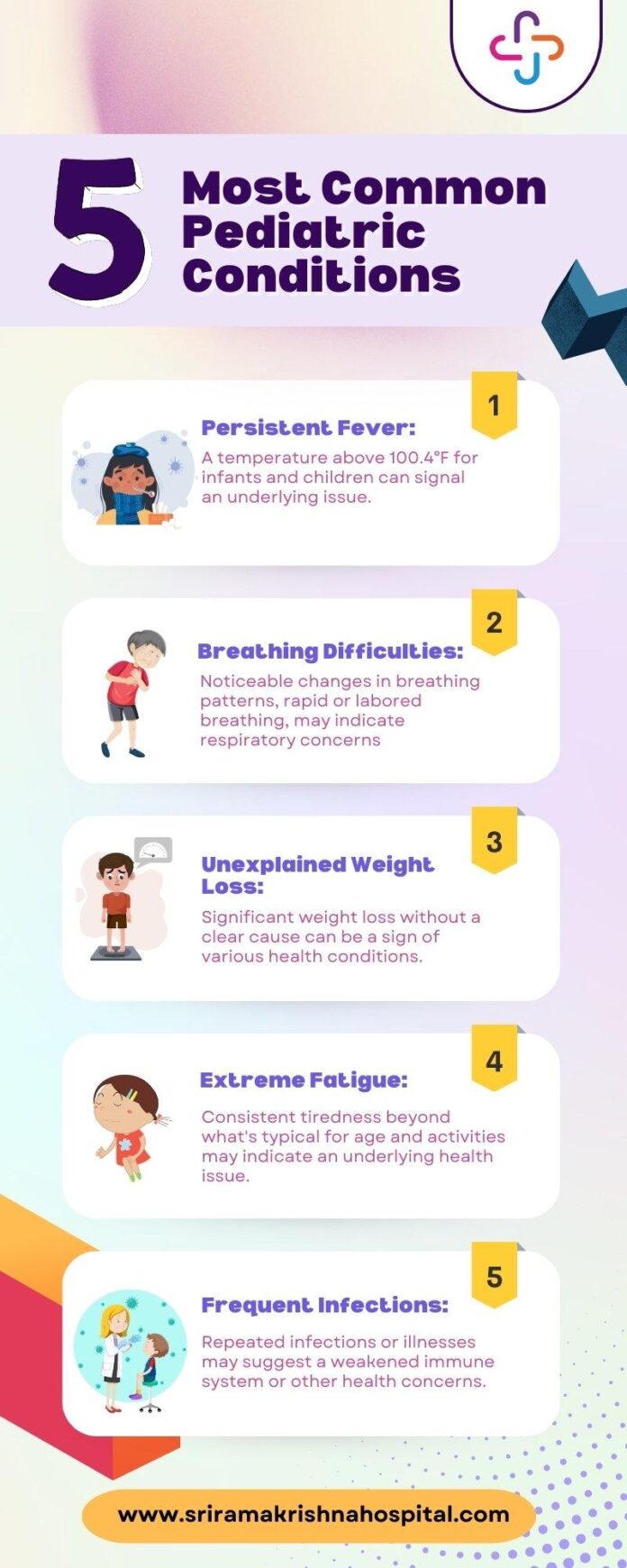
Fructose malabsorption is a digestive disorder in which the body is unable to properly absorb fructose, a type of sugar found in many fruits and other foods. When a person with fructose malabsorption consumes fructose, it can lead to a range of uncomfortable symptoms, including bloating, gas, and diarrhea. This condition can be challenging to diagnose, as its symptoms often overlap with other gastrointestinal disorders. However, with the right knowledge and tools, individuals can manage their symptoms and improve their overall quality of life.
One of the most common symptoms of fructose malabsorption is bloating. When fructose is not properly absorbed by the body, it can ferment in the gut, leading to the production of gas. This can cause the abdomen to feel distended and uncomfortable, making it difficult for individuals to engage in their daily activities. Bloating is often one of the first signs that something may be wrong, prompting individuals to seek medical attention and explore potential causes.
In addition to bloating, individuals with fructose malabsorption may also experience gas and abdominal pain. The buildup of gas in the digestive system can lead to excessive flatulence, as well as uncomfortable cramping and pain. This can be especially disruptive to a person’s daily routine, impacting their ability to work, socialize, and engage in physical activities. Understanding the connection between these symptoms and fructose malabsorption is essential for individuals seeking relief and a proper diagnosis.
Diarrhea
Diarrhea is another common symptom of fructose malabsorption. When fructose is not absorbed in the small intestine, it travels to the colon, where it can draw water into the GI tract, leading to loose or watery stools. This can be accompanied by urgency and an increased frequency of bowel movements, which can be distressing and disruptive to a person’s daily life. Identifying the link between fructose malabsorption and diarrhea is crucial for individuals seeking to manage their symptoms and improve their digestive health.
Nausea
Nausea is a less common but still significant symptom of fructose malabsorption. Some individuals may experience a feeling of queasiness or an upset stomach after consuming fructose-containing foods. This can be accompanied by a loss of appetite and general discomfort, impacting a person’s ability to enjoy their meals and maintain a balanced diet. Understanding the potential connection between nausea and fructose malabsorption can help individuals make informed dietary choices and find relief from their symptoms.
Fatigue
Fatigue is another symptom that can be associated with fructose malabsorption. The malabsorption of fructose can lead to an imbalance in the gut microbiota, which may impact the body’s ability to absorb essential nutrients and produce energy. This can result in feelings of tiredness, weakness, and a general lack of energy, making it difficult for individuals to carry out their daily responsibilities and activities. Recognizing the potential link between fatigue and fructose malabsorption is important for individuals seeking to regain their vitality and improve their overall well-being.
Weight Loss
In some cases, fructose malabsorption can lead to unintended weight loss. When the body is unable to absorb fructose efficiently, it may struggle to obtain the necessary calories and nutrients from food. This can result in a gradual loss of weight, which can be concerning and impact a person’s overall health. Understanding the potential impact of fructose malabsorption on weight management can help individuals take proactive steps to address their symptoms and maintain a healthy body weight.
Headaches
Headaches are another potential symptom of fructose malabsorption. Some individuals may experience recurring headaches or migraines after consuming fructose-containing foods. The exact mechanism of this connection is not fully understood, but it is believed that the interaction between fructose and the gut microbiota may play a role in triggering these symptoms. Recognizing the potential link between headaches and fructose malabsorption can help individuals take steps to alleviate their discomfort and improve their overall quality of life.
Brain Fog
Fructose malabsorption has also been linked to cognitive symptoms, such as brain fog. Some individuals may experience difficulty focusing, memory issues, and a general feeling of mental cloudiness after consuming fructose. This can impact a person’s ability to concentrate, perform tasks, and engage in daily activities. Understanding the potential impact of fructose malabsorption on cognitive function is important for individuals seeking to address their symptoms and optimize their mental clarity.
Joint Pain
Joint pain is another potential symptom of fructose malabsorption. Some individuals may experience discomfort, stiffness, or inflammation in their joints after consuming fructose-containing foods. This may be related to the inflammatory response triggered by the malabsorption of fructose, impacting a person’s mobility and overall comfort. Recognizing the potential link between joint pain and fructose malabsorption can empower individuals to make informed dietary choices and seek relief from their symptoms.
Skin Issues
Fructose malabsorption has also been associated with skin issues in some individuals. Some people may experience rashes, hives, or other dermatological symptoms after consuming fructose-containing foods. The exact mechanism underlying this connection is not fully understood, but it is believed that the immune response triggered by the malabsorption of fructose may play a role. Recognizing the potential impact of fructose malabsorption on skin health is important for individuals seeking to address their symptoms and improve their overall well-being.
Fructose malabsorption symptoms are diverse and can manifest in various ways, impacting different aspects of a person’s health and well-being. By recognizing these symptoms and understanding their potential connection to fructose malabsorption, individuals can take proactive steps to address their discomfort and improve their overall quality of life. Whether it’s through dietary changes, lifestyle modifications, or medical interventions, there are options available to help individuals manage their symptoms and optimize their digestive health.

















